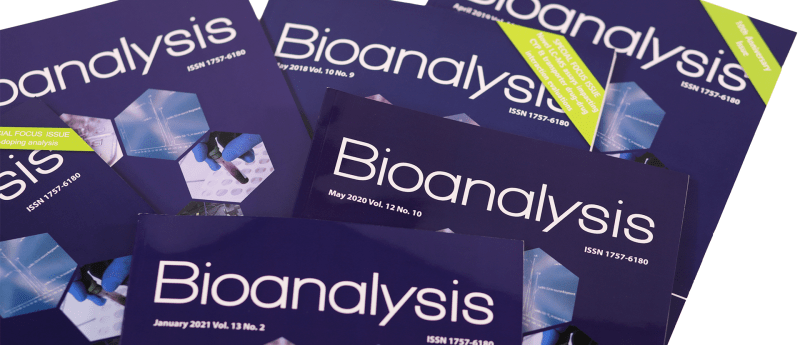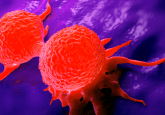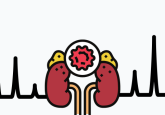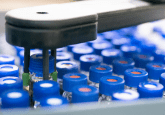A validated capillary microsampling liquid chromatography–tandem mass spectrometry method for quantification of antisense oligonucleotides in mouse serum

Yuan L, Dupuis J-F, Vrionis V, Mekhssian K & Magee T | Bioanalysis, 15(12), 683-694, (2023) Keywords: • antisense oligonucleotides • capillary microsampling • CMS • hybridization • LC-MS/MS • microsampling Microsampling techniques, which typically collect less than 100 μl of blood, have been gaining increasing interest in drug research and development for the quantification of drugs, their metabolites or endogenous substances in liquid biological samples (e.g., blood, plasma or serum) [1,2]. One major advantage of microsampling is its significantly lower blood sample collection volume compared with conventional methods (for which typically 300 μl of blood is collected at each time point in a...






